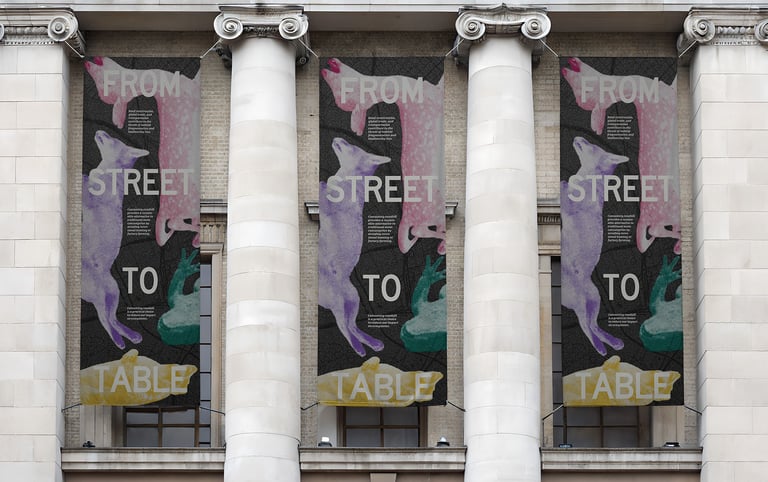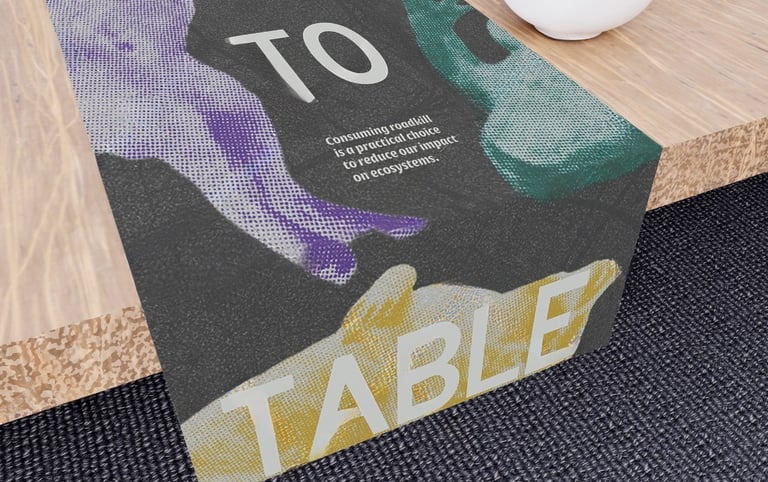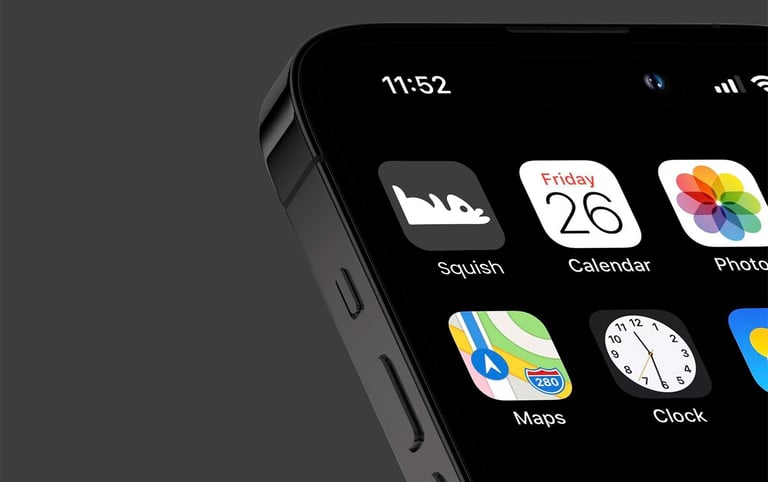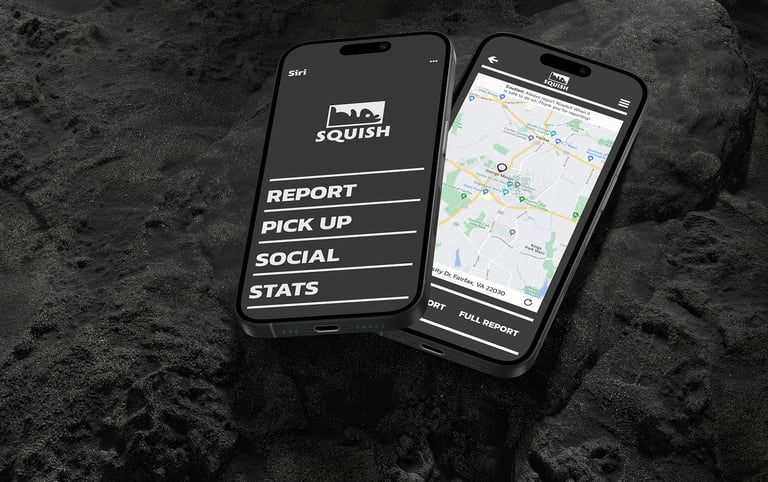From Street To Table
Visual communication for a speculative research project on roadkill, ecological disruption, and food ethics.

From Street to Table is a speculative visual communication project that explores the fragile intersection between human infrastructure and non-human life. Through the lens of roadkill, ship strikes, and bird-plane collisions, the project investigates how transportation systems fragment ecosystems, disrupt migration routes, and redefine the boundaries of life and death
in the Anthropocene.
The work explores a real, if uncommon, practice: the ethical consumption of roadkill is both a form of protest and a response to industrial meat systems and ecological collapse. Through research, design, and environmental storytelling, the project challenges viewers to confront their discomfort and reflect on what truly constitutes ethical eating.
The work is presented as a table runner—both functional and symbolic—mirroring the title From Street to Table and evoking the flow from collision to consumption. The visual system centers around a map-based layout, where narrow paths represent roads—sites of collision, movement, and interruption. The typeface used is Highway Gothic, commonly found on U.S. road signs, anchoring the piece in real-world infrastructure. Twisted animal bodies are layered across the runner, each rendered in a distinct color to represent different forms of energy—life, motion, heat, or waste. These bodies are not just remains; they are questions.





Squish is a digital extension of From Street to Table, designed as a hybrid travel and community app that invites users to engage with roadkill through documentation, location tracking, and ethical cooking. It treats roadkill not as waste, but as a resource—an invitation to rethink meat, death, and sustainability.
Built around social features, Squish allows users to post, comment, geo-tag, and timestamp sightings, while offering recipes, preparation guides, and community events. The interface blends earthy textures with GPS-driven precision—bridging the wild and the digital. Design choices emphasize transparency, traceability, and ecological awareness.
This UX/UI concept demonstrates how design can intervene in uncomfortable conversations, offering tools not to sanitize, but to engage—encouraging users to participate in an alternative food network born from empathy and urgency.




Inspired by rain. Designed to stay.
© 2025 PetriCore Creative, LLC.
All rights reserved.
